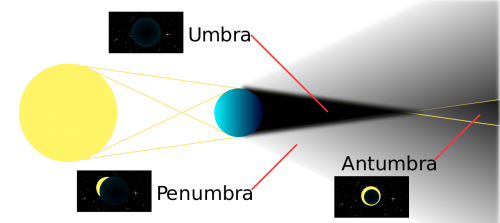Energy matrix is all energy available to be transformed, distributed and consumed in production processes, it is a quantitative representation energy supply, that is, the amount of energy resources offered by a country or a region.
The analysis of the energy matrix is essential to guide the planning of the energy sector, which must ensure the production and proper use of the energy produced, where one of the most important information acquired is the amount of natural resources being used, to know if these resources are being made in a way rational.
Oil and its derivatives have the largest share in the Brazilian matrix, coal, as well as oil, are non-renewable and highly polluting sources. In Brazil, non-renewable sources represent approximately more than half of the energy matrix, whereas the world average is much higher, with more than 80% of participation from non-renewable sources.
Experts estimate that oil will continue to dominate the world's energy matrix until around the year 2060.
Brazilian Energy Matrix
The Brazilian energy matrix is made up of renewable resources, biofuels such as wood and alcohol, hydroelectric plants, mineral coal, natural gas, uranium, oil and derivatives.
Brazil has one of the most renewable energy matrices in the industrialized world, thanks to its water resources, biomass and ethanol, and also thanks to wind and solar energy.



